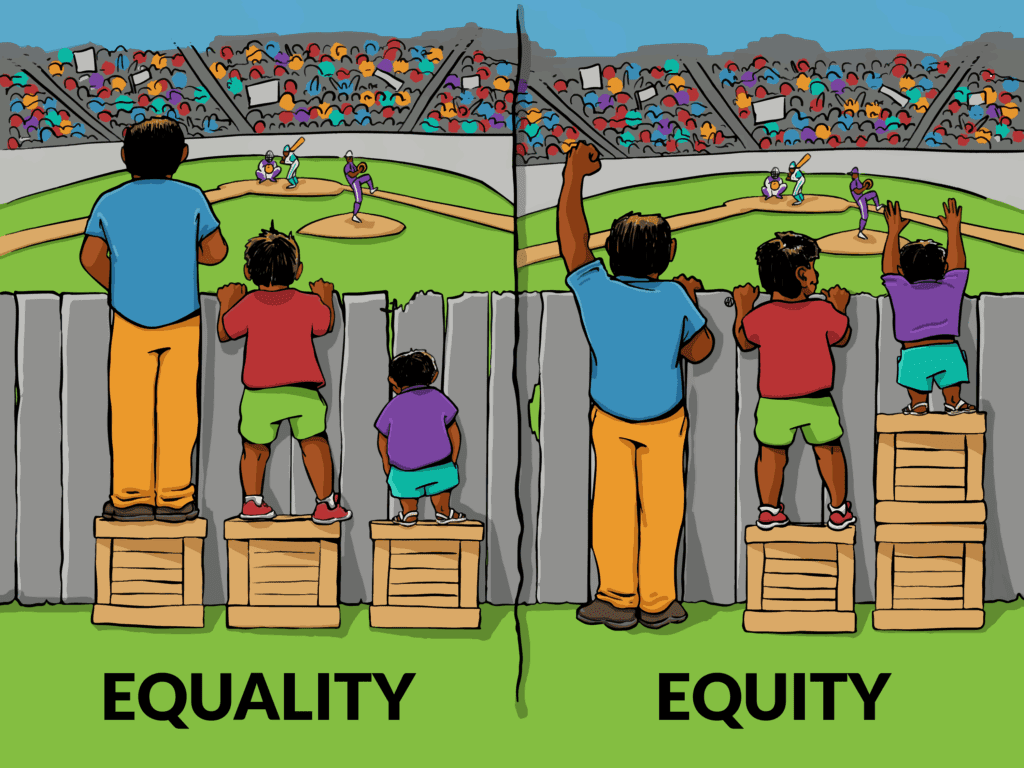Assess how the physical and sensory layout of the classroom affects learning—and identify potential adjustments that could help your child feel safe, regulated, and ready to engage.
How to use this strategy
The classroom environment plays a huge role in how students learn, especially for children with sensory processing differences, attention regulation challenges, or mobility needs. Some classrooms are calm, organized, and thoughtfully designed. Others are noisy, overstimulating, or chaotic—making it difficult for some children to focus, stay calm, or even remain in the room at all.
Start by gathering information about your child’s learning environment:
- Ask for a classroom visit or attend open house events
- Request photos or a virtual tour if in-person visits are not possible
- Talk to your child (if they are able) about what helps or overwhelms them
- Ask questions like:
– Is the classroom noisy, crowded, or echoey?
– Are the lights harsh or flickering?
– Is there space for quiet breaks or sensory regulation?
– Where does my child sit—and can they move if needed?
– Are tools like fidgets, noise-cancelling headphones, or visual supports available? - Observe how your child behaves before and after school—this can offer clues about whether the environment is supportive or exhausting
Once you’ve identified potential triggers or barriers, you can suggest specific adjustments. These might include:
- Flexible seating (e.g. wobble stools, floor cushions, movement breaks)
- Noise-reducing strategies (e.g. headphones, acoustic panels, calm zones)
- Visual supports (e.g. schedules, timers, written instructions)
- Regulated lighting (e.g. lamps instead of fluorescents)
- Access to calming materials or a designated sensory space
What to watch out for
Schools often treat the classroom as a fixed structure: “This is the way it is.” But in reality, the learning environment is a key part of what must be adapted under inclusive education principles. If your child cannot learn or regulate in the space as it is, the space needs to change.
Sometimes staff will resist changes, especially if they worry about fairness or consistency. You might hear things like “everyone has to sit in the same type of chair” or “we don’t usually allow noise-cancelling headphones.” This is your cue to remind them—diplomatically—that equity is not sameness, and that students with disabilities are entitled to adjustments that support full participation.

You don’t have to demand a full classroom redesign. Start small. Point to what works at home, or what your child has used successfully elsewhere. Invite collaboration:
“We’ve noticed that [strategy] makes a big difference at home. I’m wondering how we could make that work in the classroom setting.”
Prompt for families
What’s the current state—and how does it support or stress my child?
-
The 123s of advocacy strategy
These strategies are practical steps you can take to help your child access support—whether you’re just starting out or navigating a complex situation.









Leave a Reply